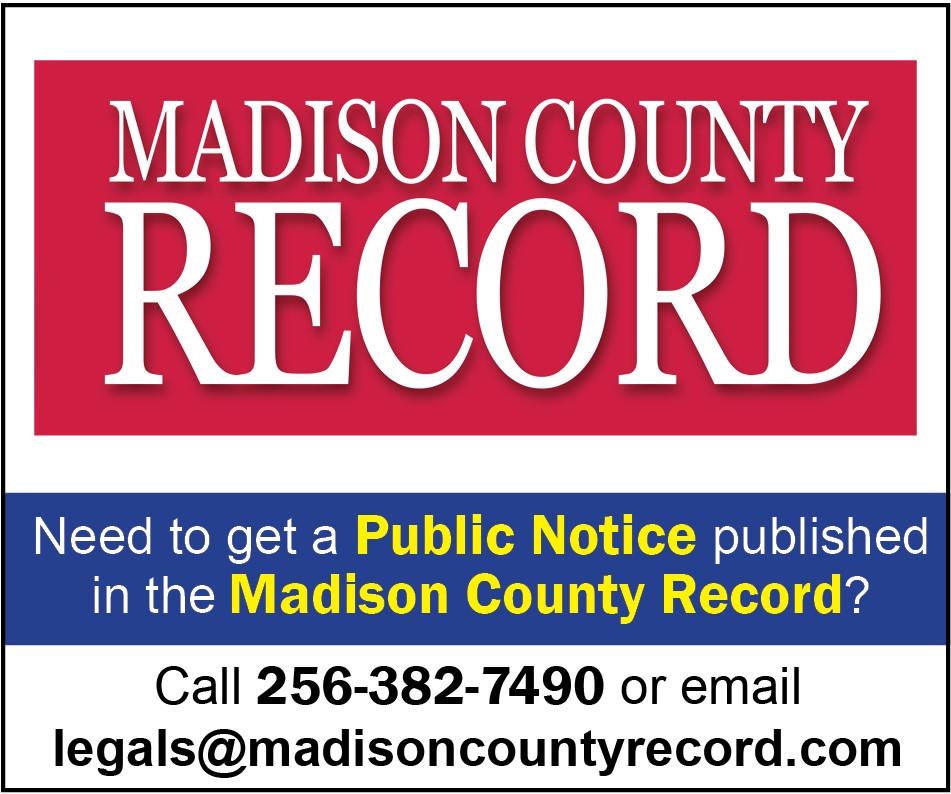Horizon students take field trip to Farley-Crutcher cemetery
MADISON – In celebrating Madison’s Sesquicentennial, gifted specialist Beth Bero of Horizon Elementary School led 15 fifth-grade students on a field trip to Farley-Crutcher cemetery.
Bero first required students to research Madison history. Each student prepared a ‘cemetery walk’ by choosing a city forbearer to portray, wrote a speech and built a display.
“Borrowing costumes from Madison Station Historical Preservation Society, students presented their cemetery walk in character during Madison Street Festival in October,” Bero said.
As a class finale, Bero shared Farley-Crutcher Cemetery with the class, especially because of its proximity to Horizon’s campus. On the last day of class, students walked with Bero and Madison historian John Rankin to the cemetery, across fields west of campus.
“Few people know of the Farley-Crutcher Cemetery, where it is or have visited it. This interesting and important part of Madison history is well documented in John Rankin’s books about the city of Madison, however,” Bero said.
Students helped Rankin install two signs to mark the cemetery with its name. They explored the grounds and searched for specific gravesites using information from the historical society, which also prepared certificates for the students.
Parents and other adults acted as ‘tour guides’ to explain the deceased’s history and to guide students in related activities.
“Farley-Crutcher Cemetery is located about one-quarter mile south of Old Madison Pike and a one-quarter mile east of Shelton Road,” Rankin said. “Most folks who live in Madison have no idea there is a historical cemetery in the forest there, but many who travel on Shelton Road probably wonder what is being developed in the field immediately south of the cemetery.”
“A monument (now broken into four pieces) marks the grave of Dr. John Benton Farley, 1860-1910. The cemetery has impressive walled family plots, but most of the Farleys are not buried within walls,” Rankin said.
Tombstones represent related families, including Gillespie, McGaha, Crutcher, Trotman, Williams, McCrary, Bishop, Canterbury and Aday. “It has been said that some slaves were also interred with Farley family members. Numerous unmarked graves support that assertion,” Rankin said.
Michael Farley original purchased this tract of land. He married Sarah Trotman in 1826, just six years before he died.
Farley descendants continue to farm land around Madison. In the 1900s, relatives owned and operated some Main Street stores. “The Farleys have left an indelible imprint on the area, having lived a significant part of the history of Madison,” Rankin said.
















